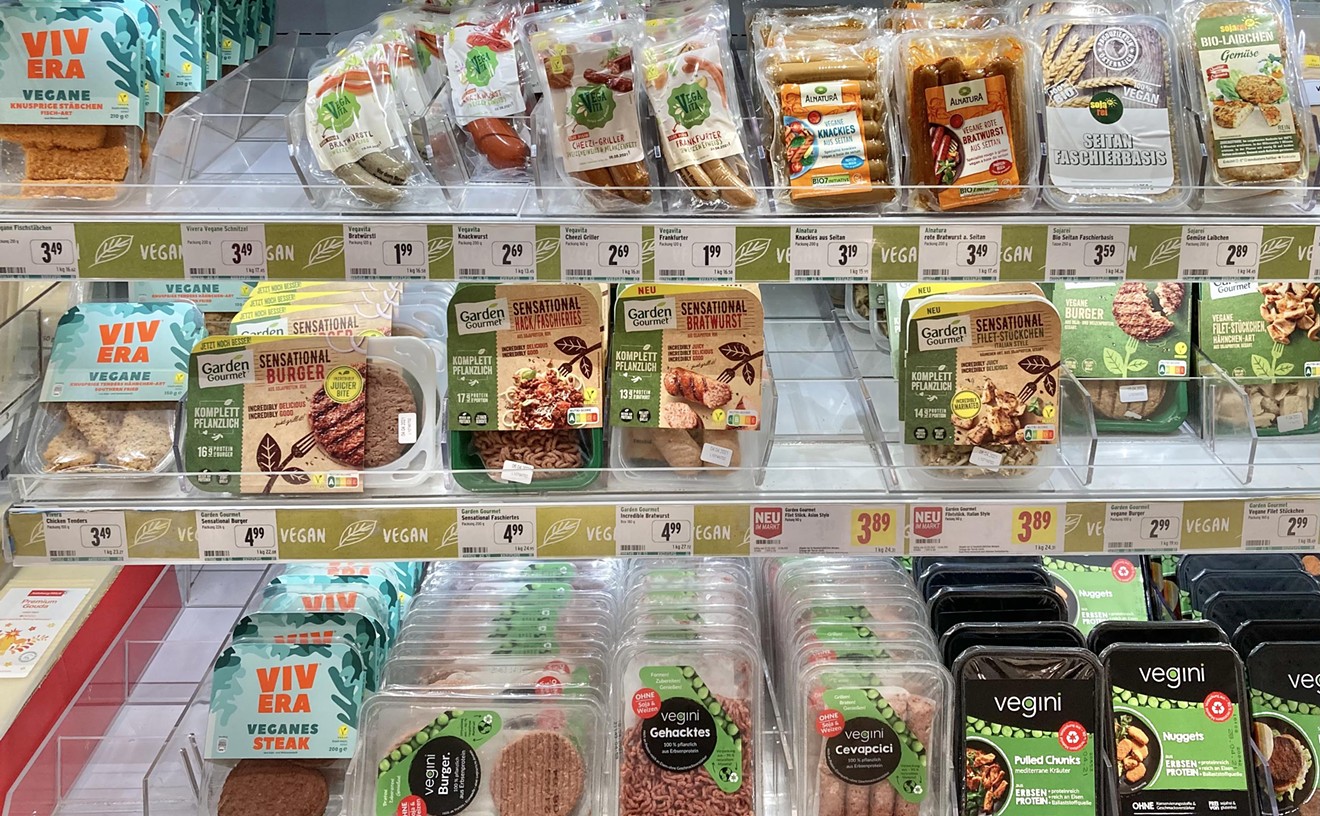At what point does one elevate from merely drinking beer to being a full-on beer snob? Answer: when you feel compelled to tell other people what to drink. And the inevitable result of this peculiar ailment is the beer argument.
In the spirit of all great beer-related discussions, we present Brewed For Battle; a new series of Chow Bella blog posts that pits a selection of brews from a given style up against each other and lets the taste buds of one layman battle them out. Multiple beers go in. One beer comes out the victor.
This week's battle: Doppelbock
To understand the doppelbock, you must first grasp the bock, a strong German lager that originated in the Northern German city of Einbeck. Between the 14th and 17th centuries, Einbeck was a brewing center and popular exporter of beer, but the Thirty Years War and a series of unfortunate brewery fires effectively ended the city's dominance. The Einbeck style of beer was later was later recreated in Munich, where Bavarian speakers corrupted the name "Einbeck," leading to the modern "bock." This is why so many bock beer labels feature goats -- "bock" is German for billy-goat.
The doppelbock is really only related to the bock in name, as the beer took an entirely different developmental route. The monks of Munich's St. Francis of Paula church fasted twice each year -- once during Lent and again during the month leading up to Christmas. Though solid foods were prohibited, liquids weren't, and the crafty monks developed a strong, dark beer with enough proteins and carbohydrates sustain them through long periods of hunger. The Paulaner monks called their beer Salvator, and when the beer became available to the Munich public, they noted its similarities to a double-strength bock and began calling it doppelbock.
Today many breweries pay homage to Salvator's creators by ending the names of their respective doppelbocks with the suffix -ator. These beers can range in color from dark amber to black, are fairly high in alcohol content and tend to carry flavors of raisins, toasted bread and chocolate.
Zach's Pick: Thomas Hooker Liberator Thomas Hooker, a microbrewery in Bloomfield, Conn., makes several highly-regarded brews, but their most lauded is Liberator, a decadent lager that smells and tastes like a loaf of lightly-toasted raisin bread. Discerning palates might note flavors of bittersweet chocolate, dates, cinnamon and a rum-like alcohol tinge. It's as liberating as skinny-dipping -- an activity the 8 percent ABV just might encourage you to take part in.
Jonathan's Pick: Paulaner Salvator There is a smiling monk and an English gentleman on the label for the Salvator. What's not to like? Answer: nothing. This is delicious. Despite being a doppelbock, it's got notes of citrus in its flavor. That and 7.9 percent alcohol by volume means good times are impending.
Shannon's Pick: Ayinger Celebrator Ayinger Celebrator is a Dopplebock from Germany that comes complete with a tiny billy goat charm. The reviewers on Beer Advocate give it A's across the board. One reviewer actually called it "perfection in a glass". This should be an awesome beer, right? Wrong. I don't know what the hell they are talking about because this beer wasn't even drinkable. Where was the roasted chocolate and hints of floral hops? Molasses, Brown Sugar? Nowhere to be found. All I could taste was soy sauce. Flat, bitter soy sauce. I'm pretty sure that we got a bunk bottle. I have had this before, granted it was after I had already had a few and I bought it for the silly goat charm, and it don't remember it tasting like this.
Wild Card: Schneider Aventinus At the insistence of our beer afficianado at Tops Liquors, we decided to see how Schneider's Aventinus stacks up against other Doppelbocks. Aventinus is a wheat-based bock, you see; a bit milder, a bit sweeter, but with a full-bodied kick.
The Layman's Choice: Aventinus or Salvator depending.
This week we turned to Jackalope Ranch overlord Claire Lawton to direct our brew battle's thrilling conclusion. Her pick? Well, that depends.
Her favorite was the Aventinus, which is not true to style being a wheat-based doppelbock. That being said, while drinking it, she kept repeating it was "great." Her favorite beer style is hefeweizen, though, so take this recommendation with a grain of salt.
She thought Liberator and Celebrator both tasted like soy sauce. She also said Salvator tasted like orange chicken with soy sauce, but in a good way. Truth be told, she didn't like most of the true Doppelbocks at all. She disliked the Salvator the least.










